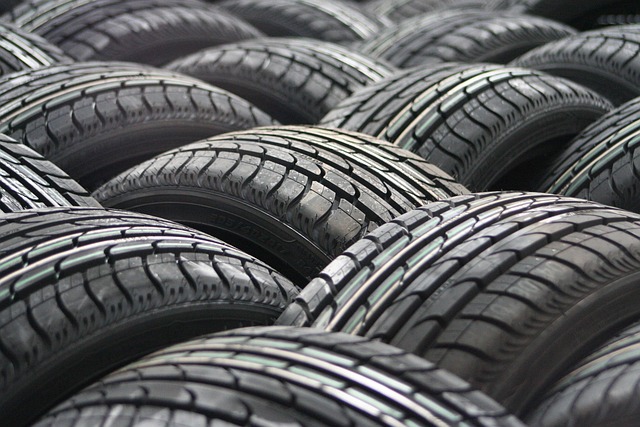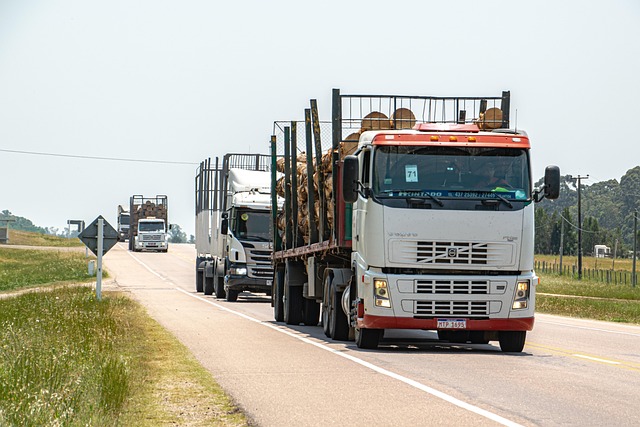Learn how to navigate the process of registering your car in California with ease. This comprehensive guide breaks down each step, from understanding eligibility requirements and gathering essential documents to performing a crucial dmv VIN verification. We’ll walk you through completing the application, paying fees, and receiving your official certificate. Ensure a smooth experience by following these simple steps tailored for the California DMV.
- Understand Eligibility Requirements for Car Registration
- Gather Necessary Documents for DMV Visit
- Perform VIN Verification: Steps and Importance
- Complete Application Process at the California DMV
- Pay Registration Fees and Receive Your Certificate
Understand Eligibility Requirements for Car Registration

Before you begin the registration process, it’s crucial to understand if your vehicle is eligible for registration in California. The Department of Motor Vehicles (DMV) has specific requirements that must be met before you can legally register a car within the state. One key step in this process involves conducting a DMV VIN verification, ensuring that the vehicle’s Vehicle Identification Number (VIN) matches the data on record and hasn’t been reported as stolen or had previous title issues.
For out-of-state vehicles, an additional consideration is whether the car was manufactured to meet California’s safety and emissions standards. If your vehicle doesn’t comply, you may need to undergo a mobile VIN inspection or verification to ensure it’s safe for road use in California. This step is essential to avoid any legal complications and to streamline the registration process at your local DMV.
Gather Necessary Documents for DMV Visit

Before visiting your local California DMV (Department of Motor Vehicles), ensure you have all the required documents for a smooth registration process. One crucial step is to obtain a Vehicle Identification Number (VIN) verification, which can be done through various means, including a mobile vin verifier or inspection service. These services provide convenient and accurate VIN checks by comparing your vehicle’s unique 17-character code against official databases.
Having the necessary paperwork ready, such as proof of ownership, insurance, and identity documents, is essential. Additionally, some DMV locations may require a safety inspection certificate to ensure your vehicle meets the state’s safety standards. Therefore, it’s beneficial to check with your local DMV branch ahead of time to understand their specific requirements for VIN verification and registration.
Perform VIN Verification: Steps and Importance

Before registering your car in California, performing a Vehicle Identification Number (VIN) verification is a crucial step. This process involves checking the vehicle’s history to ensure it meets all legal standards and is free from any discrepancies. You can conduct this check through a dmv vin verification or utilize a mobile vin verifier for a more convenient option. The procedure typically includes cross-referencing the VIN with various databases to gather information about previous owners, accidents, outstanding loans, and potential thefts.
A vin inspection is essential as it helps detect any hidden issues that might affect your car’s safety and roadworthiness. By verifying the VIN, you can rest assured that you’re submitting accurate data when registering your vehicle with the California Department of Motor Vehicles (DMV). This step-by-step process guarantees a smoother registration experience and ensures your car complies with all state regulations.
Complete Application Process at the California DMV

To complete the car registration process in California, you’ll need to visit the California Department of Motor Vehicles (DMV) office with all the required documents. Start by filling out Form DMV-123, which is the Application for Title and Registration. Here, you’ll provide essential details about your vehicle, including its make, model, year, and unique Vehicle Identification Number (VIN). This VIN verification process is a crucial step in ensuring the accuracy of your car’s registration.
Don’t forget to bring along any necessary paperwork, such as proof of ownership, insurance, and identification. If you’re using a mobile vin verifier or conducting a vin inspection, ensure these documents are readily available to streamline the process. Once your application is complete and all verifications are in order, the DMV will issue your vehicle’s registration certificate, allowing you to legally operate your car on California roads.
Pay Registration Fees and Receive Your Certificate

After completing the registration process and providing all necessary documents, it’s time to settle the fees. You’ll need to pay the California vehicle registration fee, which is based on your car’s value. The amount due will be calculated during your transaction at the DMV or online. Ensure you have a valid method of payment ready. Once the payment is processed, you’ll receive your Certificate of Registration, officially registering your vehicle in California.
Don’t forget that accurate DMV VIN verification is crucial for this process. You may use a mobile vin verifier to ensure all details are correct before proceeding. This step guarantees that your vehicle’s unique identification number (VIN) matches the information on file, enhancing security and facilitating future transactions.
Registering a car in California is a straightforward process that requires understanding the eligibility criteria, gathering essential documents, and completing key steps like VIN verification through the DMV. By following these procedures diligently, you can ensure your vehicle’s legal status and enjoy all the benefits of being a responsible California driver. Remember, proper documentation and adherence to regulations are vital for a smooth registration experience.
